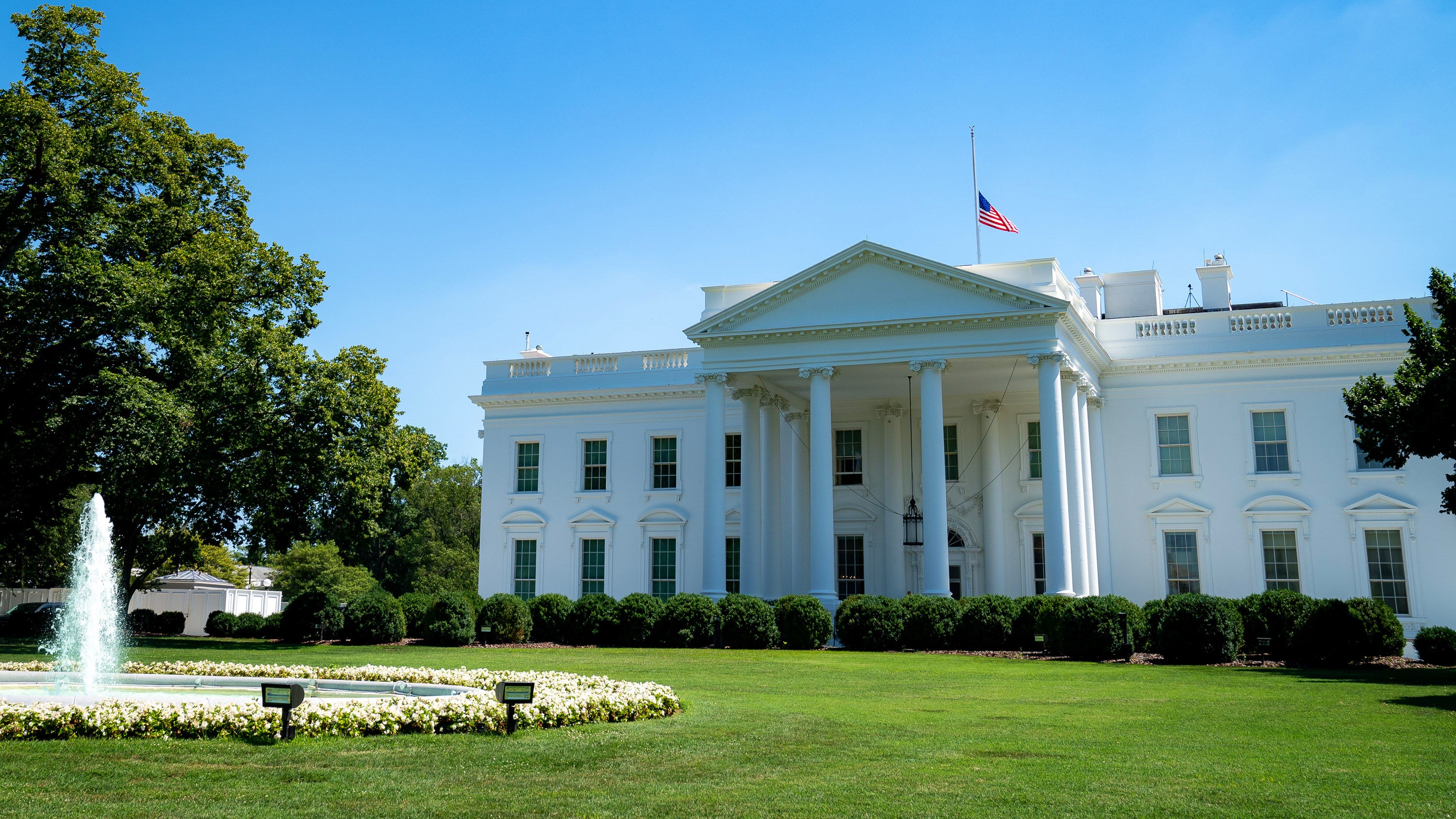White House Unveils Plan to Strengthen Military Families
White House Unveils Plan to Strengthen Military Families

A new White House report sets several Biden administration priorities that provide support to military families.
Among the ideas: Making the federal government the employer of choice for military spouses; increasing economic opportunities and reducing job losses related to permanent change-of-station moves; finding innovative solutions for increasing child care availability, improving educational and economic opportunities for military and veteran families; and improving education for the children of service members.
The 32-page report focuses on well-known challenges facing military families that have proven difficult to resolve over decades of trying. There are many initiatives already underway to expand child care, reduce the strain of moves and improve job opportunities for military spouses. Fixing these issues has proven complicated because solutions often require help from beyond the reach of DoD programs.
President Joe Biden said he’s committed to a federal governmentwide response. “Each executive department has given their commitment to supporting a whole-of-government approach to better know and serve this community,” he writes in the introduction to the report.
“As Commander-in-Chief, I know that meeting the economic, social, and emotional needs of our military and veteran families, caregivers, and survivors is a national security imperative and critical to sustaining an all-volunteer force,” Biden writes. “The commitment and resilience of military families are essential to the recruitment, retention, and readiness of our fighting forces and the enduring strength of our nation.”
Biden writes that some problems facing military families are the same as those facing other American working families, “but they have the added strain of multiple deployments; frequent moves with little control over their geographic location; caring for wounded, ill, and injured service members or veterans; time apart for trainings and other demands of military life; and more. The COVID-19 pandemic exacerbated these challenges and created new ones.”
The full report is available here.

